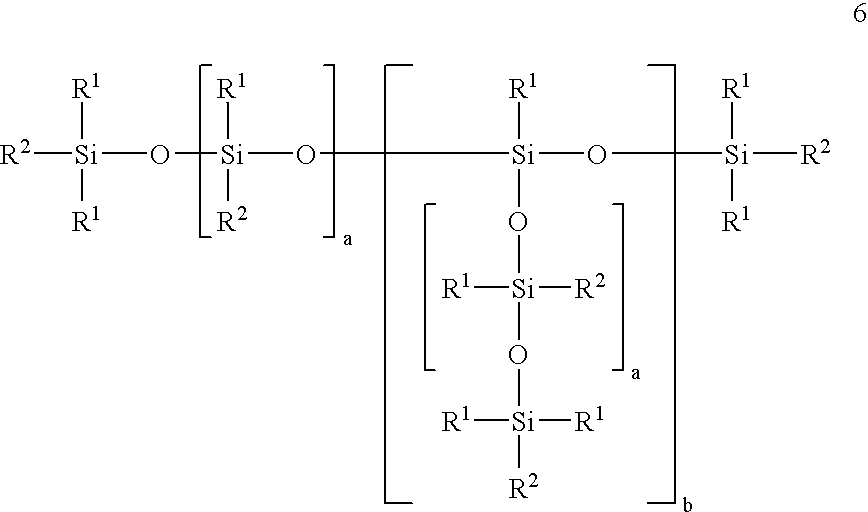Paste containing nanoscale powder and dispersant and dispersion made therefrom
a nanoscale powder and dispersant technology, applied in the directions of non-fibrous pulp addition, transportation and packaging, organic chemistry, etc., can solve the problems of poor dispersibility, high viscosity of pigment-paste, and inadequate pigment-paste storage stability, and achieve low voc, high filling level, and sufficient storage stability
- Summary
- Abstract
- Description
- Claims
- Application Information
AI Technical Summary
Benefits of technology
Problems solved by technology
Method used
Image
Examples
examples
Analysis
[0146] The VOC content is determined in accordance with DIN EN ISO 11890-1. The VOC content is calculated with water deducted in accordance with method 8.4. The water content is determined titrimetrically by the Karl Fischer method (ISO 760).
Particle Size Determination by Means of PCS:
[0147] The particle size is determined by means of dynamic light scattering in a 1 per cent dispersion. Dispersing takes place by stirring, shaking or ultrasound. The particle size analyser used is the HORIBA LB-500 instrument. For precise determination of the particle size distribution, the temperature, viscosity and refractive index of particles and dispersion medium must be known.
Solids Content Determination of the Paste:
[0148] Approximately 0.2-0.3 g of the paste is weighed out into a tared glass. The precise weight of the initial sample together with glass is recorded and the glass containing the paste is calcined in a Carbolite oven at 400° C. for an hour. After the glass with the...
PUM
| Property | Measurement | Unit |
|---|---|---|
| Length | aaaaa | aaaaa |
| Fraction | aaaaa | aaaaa |
| Percent by mass | aaaaa | aaaaa |
Abstract
Description
Claims
Application Information
 Login to View More
Login to View More - R&D
- Intellectual Property
- Life Sciences
- Materials
- Tech Scout
- Unparalleled Data Quality
- Higher Quality Content
- 60% Fewer Hallucinations
Browse by: Latest US Patents, China's latest patents, Technical Efficacy Thesaurus, Application Domain, Technology Topic, Popular Technical Reports.
© 2025 PatSnap. All rights reserved.Legal|Privacy policy|Modern Slavery Act Transparency Statement|Sitemap|About US| Contact US: help@patsnap.com



